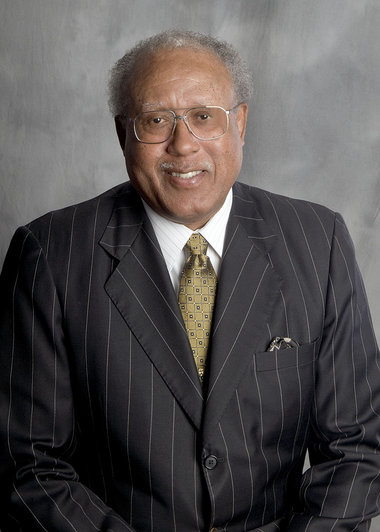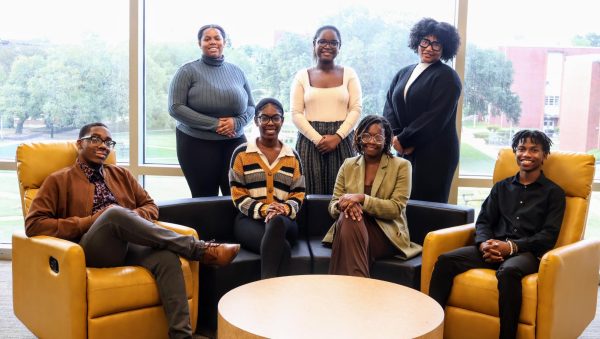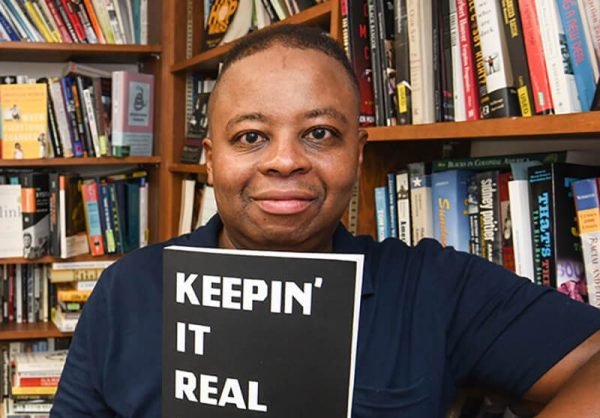Column: The Fentanyl epidemic is killing far too many people
Photo by Linda Thrasybule on Everyday Health
September 25, 2021
A prescription drug primarily used to treat severe pain after surgery, the fentanyl epidemic has been streamlined across news broadcasts and television screens showcasing numerous drug overdoses and deaths.
As more and more cases are broadcast to the masses, we must hold our doctors and medical providers accountable as well as ourselves.
According to the Centers for Disease Control and Prevention (CDC), the number of drug overdose deaths increased by nearly 5% from 2018 to 2019 and has quadrupled since 1991. Over 70% of the 70,630 deaths in 2019 involved an opioid.
Actor Michael K. Williams recently fell victim to the statistic, having fentanyl, parafluorofentanyl, heroin, and cocaine in his system before his untimely passing on Sept. 6. He was 54 years old, and he spoke on his drug addiction back in the early 2000s describing his problem as “playing with fire,” and it was only a matter of time before he ended up burnt, which is what ultimately happened.
Over the years, it seems as if the need for harder and stronger drugs has drastically increased as the drug of choice has changed constantly. Starting with crack to now Adderall and fentanyl, which can kill you with less than two milligrams injected, it is time to see where the root of the problem starts and nip it in the bud.
So, how do regular people get a hold of such powerful and deadly drugs? According to the United States Drug Enforcement Administration (DEA), the drug is created in clandestine labs. It is then smuggled into the U.S. from Mexico with no official oversight or quality control. Also, some people abuse the system, like every other drug, and are prescribed the doses but sell them to a third party or give their prescription to someone else, which is highly unadvised. While some illegally give their prescribed drugs to those unprescribed to take them, some manage to extract the drug from skin patches and inject it, which is super risky since there is no clear way to measure how many doses are in a shot according to WebMD.
There has to be a better way of prescribing certain medicines to people and making sure only the person instructed to take the pill does so. We need stricter guidelines and laws that prohibit the illegal distribution and selling of opioids such as fentanyl. In the United States alone, 136 people die every day from an opioid overdose. No person is above the deadly effects, not even celebrities or public figures. In fact, there has been a surge of celebrity overdoses in the past 10 years from opioids.
The music industry, more specifically the rap and hip-hop genre, has countless rappers glorify and praise various negative and illegal actions regarding drugs. As young children start listening and looking up to these celebrities, what are the parents doing to steer them in the right direction and ensuring their children do not imitate what they hear? In order to break such unhealthy habits, we have to make sure as a community we speak out against these “role models” who misuse and abuse drugs daily rather it being in their song lyrics, in real life, or both. Let us normalize getting straight A’s in school and listening to our parents rather than getting caught into the dangerous, dark, and never-ending hole that is drug addiction.
Jarad Anthony Higgins, formerly known as Juice Wrld, also fell victim to the opioid epidemic. Though he did not overdose on fentanyl, he had oxycodone and codeine in his toxicology report. His album, “Goodbye & Good Riddance,” went platinum and his second album, “Death Race for Love,” reached No. 1 on the Billboard 200. Along with Juice Wrld, rapper Mac Miller overdosed on a mixture of cocaine, fentanyl, and alcohol. Both artists were loved by so many worldwide, and their music really spoke on so many different topics. The increase of untimely deaths of these young celebrities truly shows that addiction and drug abuse are real, and we have to create programs and hospitals that can combat those personal struggles thoroughly to eliminate this opioid epidemic.
The movement to slow the spread of drug overdosing will require personnel from the medical field to first responders to public health officials to bring awareness, resources, guidance, and expertise to this contested subject. We must inform our young ones that the earlier you start a drug addiction, the harder and deadlier it is to stop cold turkey. We also have to stop the stigma that drug addiction is not a life-long battle, because it is.
Now that many Americans are informed on the adverse effects and consequences of fentanyl, what are we doing to change the narrative on our local news channels from stories about drug overdoses to stories shining light on positivity?


















